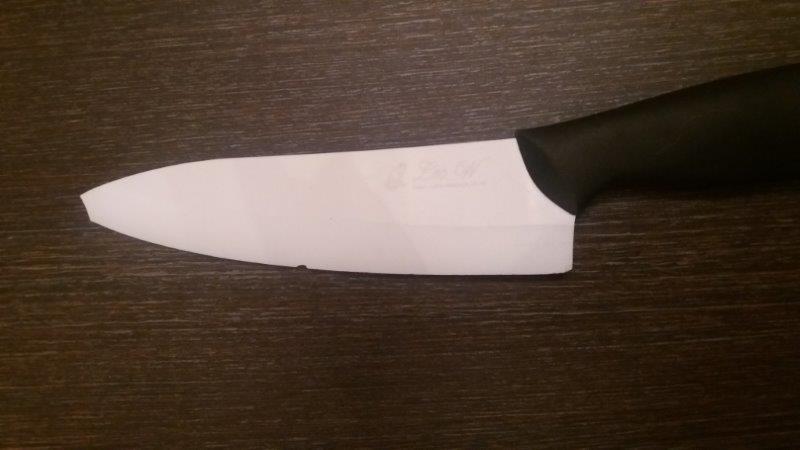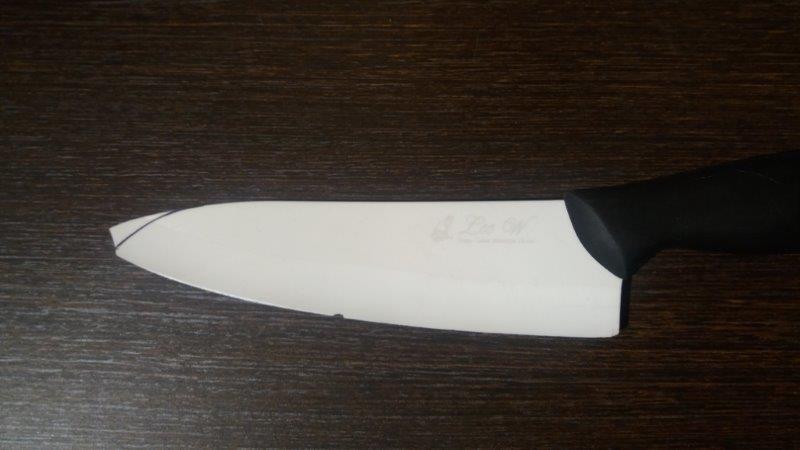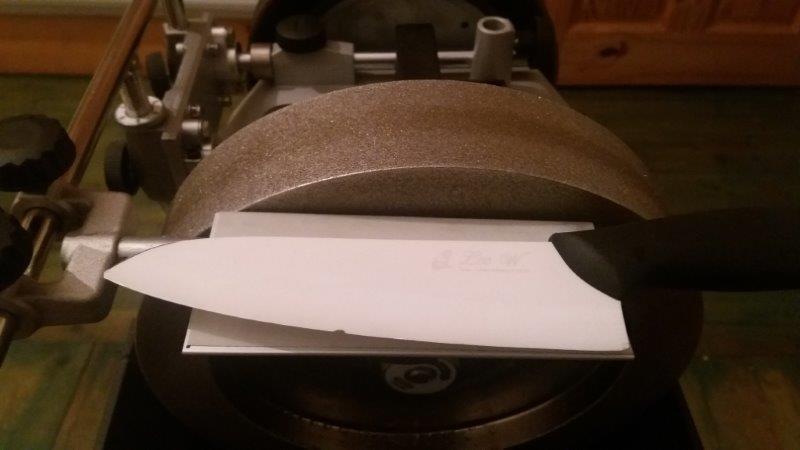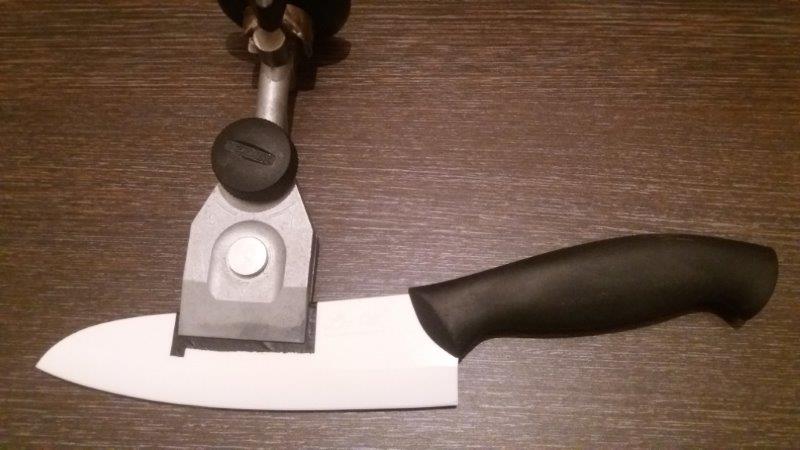Quote from: Josu V on January 28, 2020, 08:49:44 PM
Reading your answers, I´m starting to be impatient...
In this moments, the Bess Tester PT50 is in Spain´s Customs
Hopefully it doesn't cost me too much money.
Regards
Josu,
I have read numerous articles about the problems people experience with Spanish customs. Hopefully I am not misquoting but I read some 800-900 thousand parcels from the US and China (main imports from outside the EU) go unclaimed every year due to them getting lost in the system, overbearing bureaucracy, systems that don't work and people just giving up. To me it seems like a 'legalised' shake down to extract every cent due, even when the value of goods is under the duty free threshold.
If there was ever a reason to set up an EU distributor (outside of Spain) for BESS machines and consumables, this would be it.
I feel your pain.
Smurfs


 You have a point though. I'd be interested to see how stable the edge is after some use as it was originally 38 degrees included. I used 30 degrees included as that is what Vadim recommends for ceramic knives.
You have a point though. I'd be interested to see how stable the edge is after some use as it was originally 38 degrees included. I used 30 degrees included as that is what Vadim recommends for ceramic knives.







 ).
).